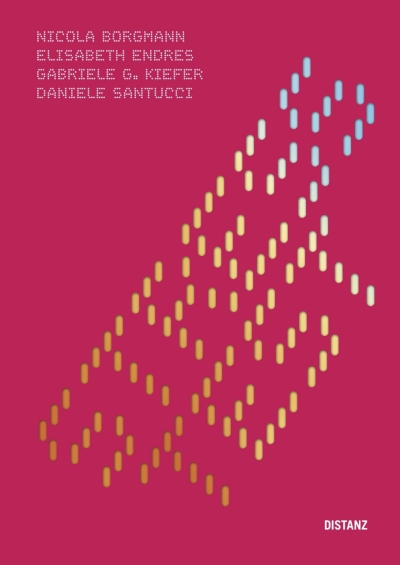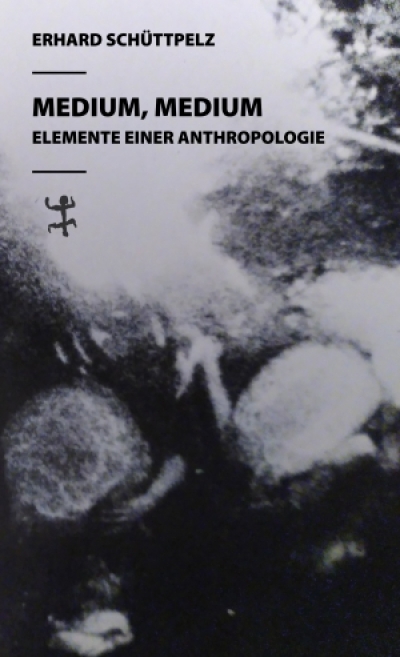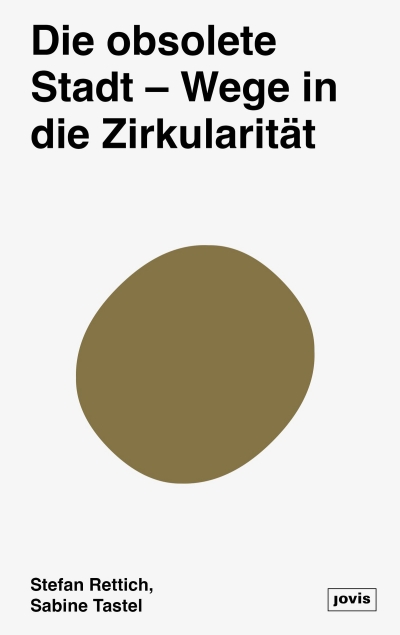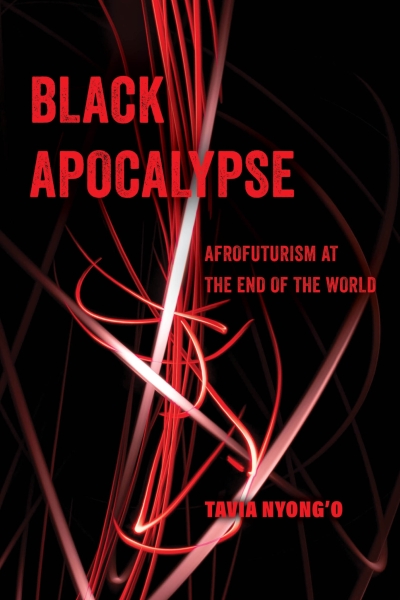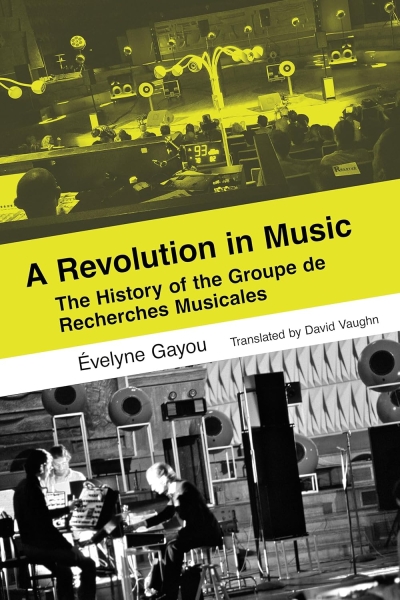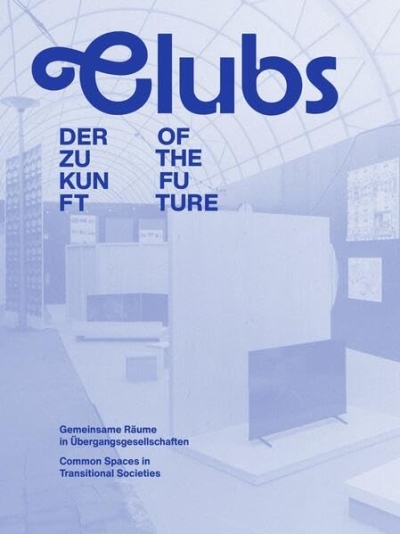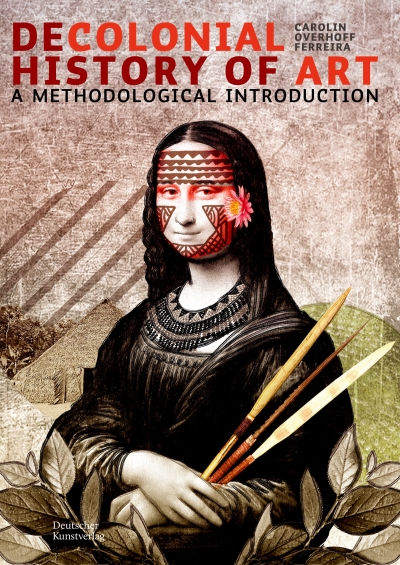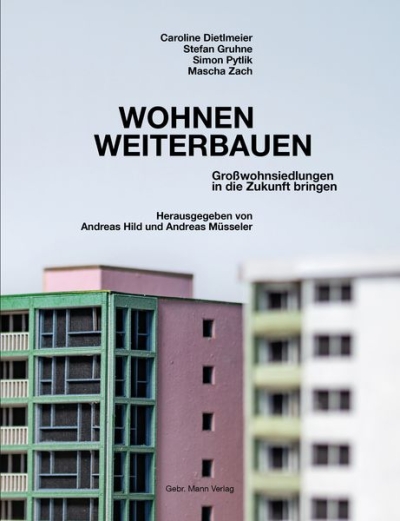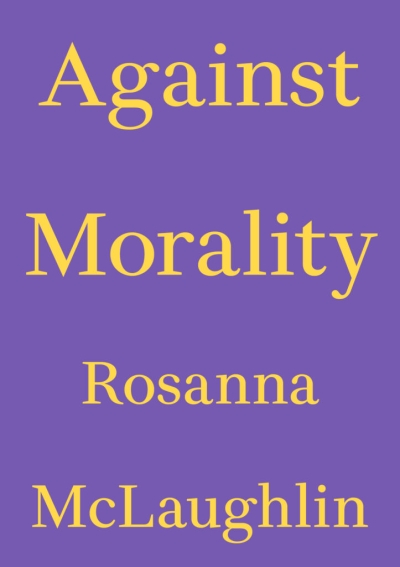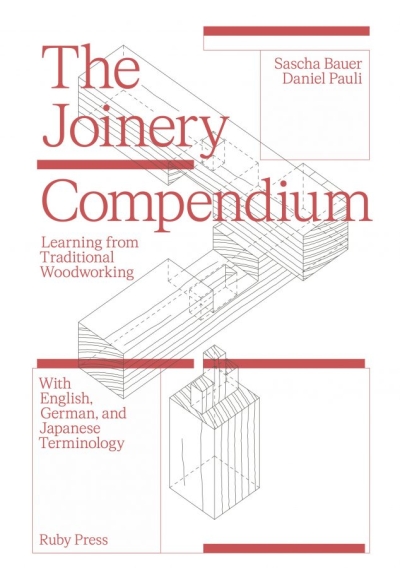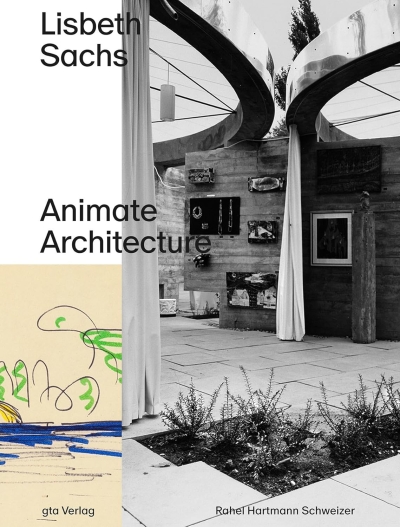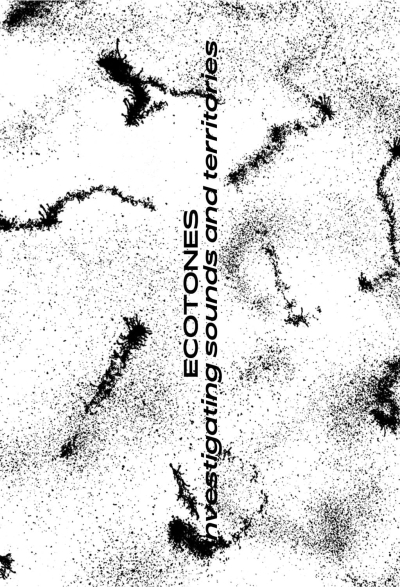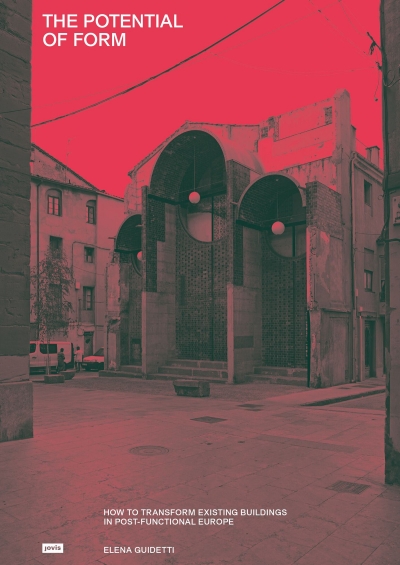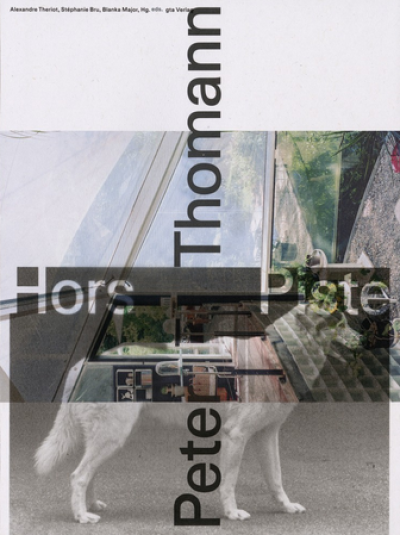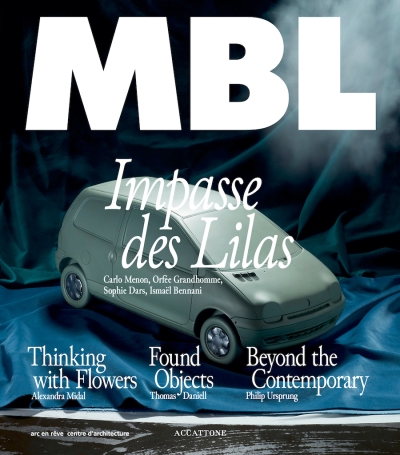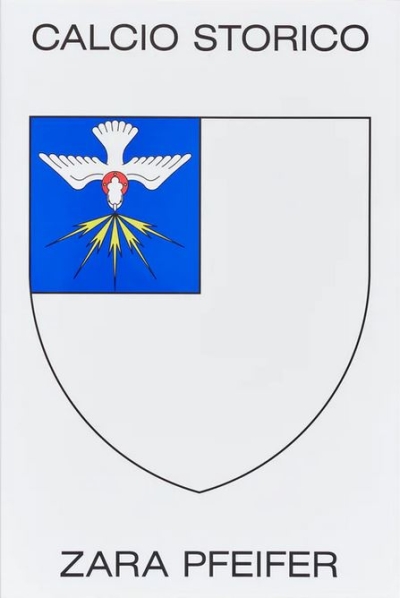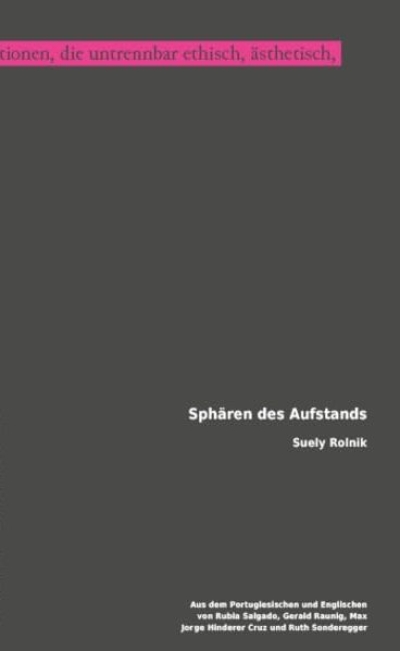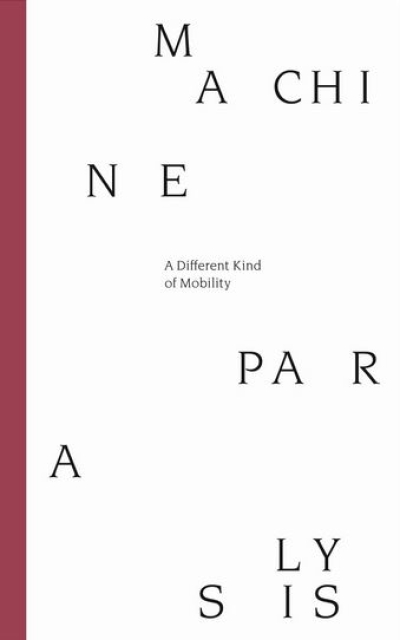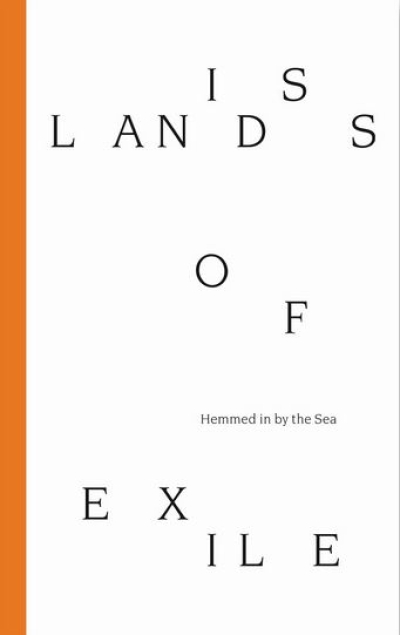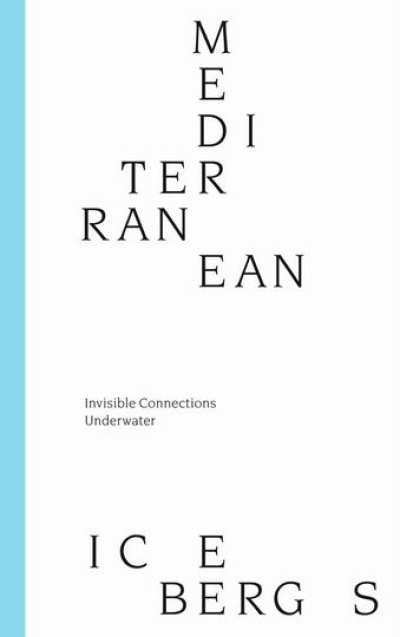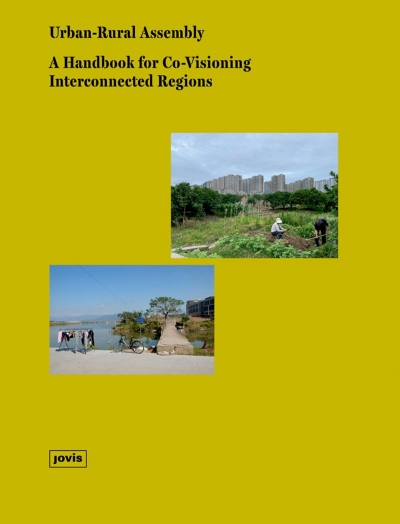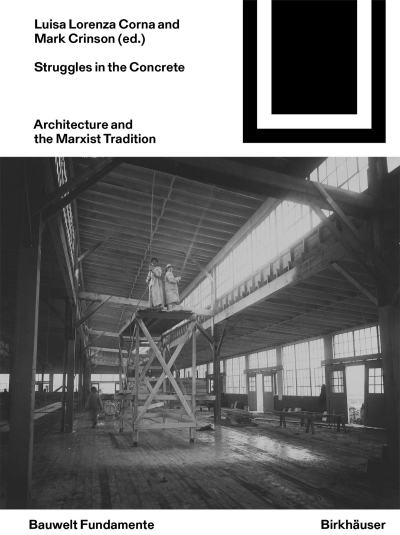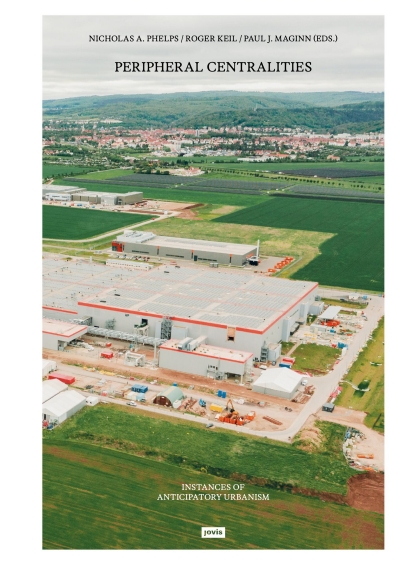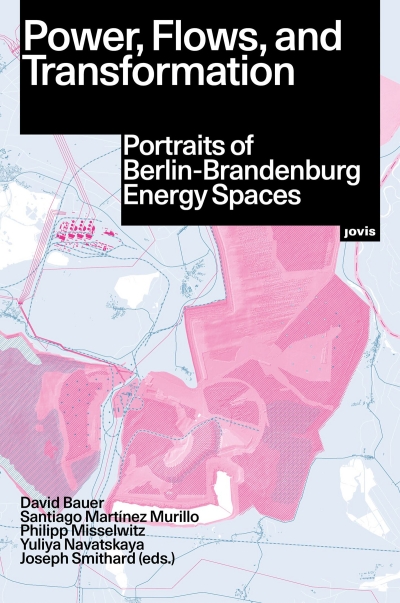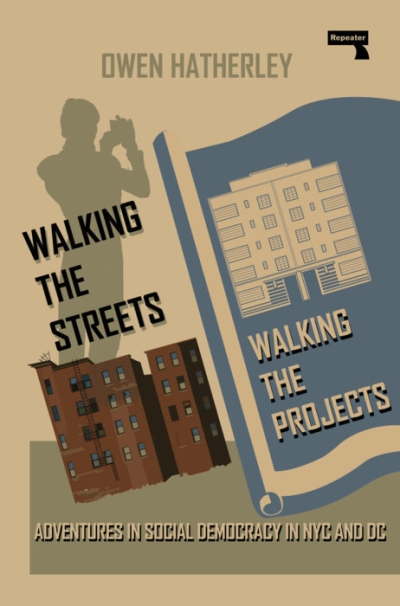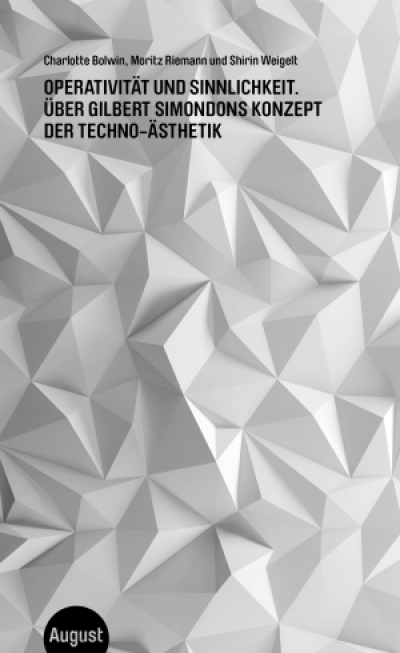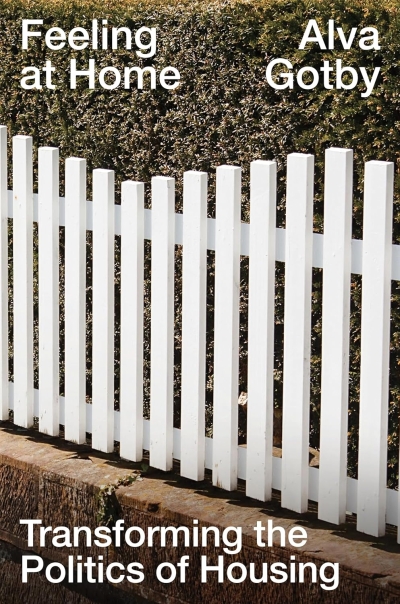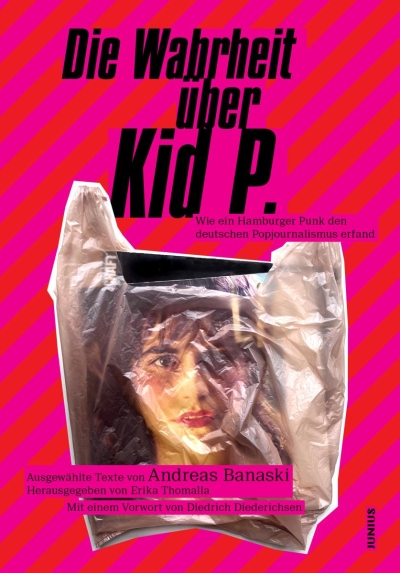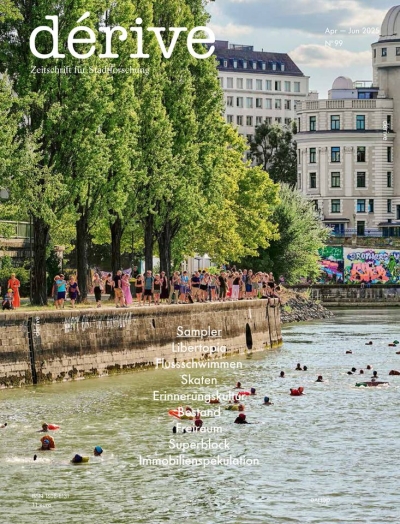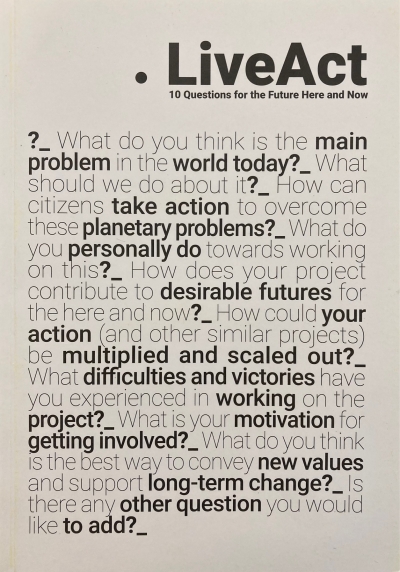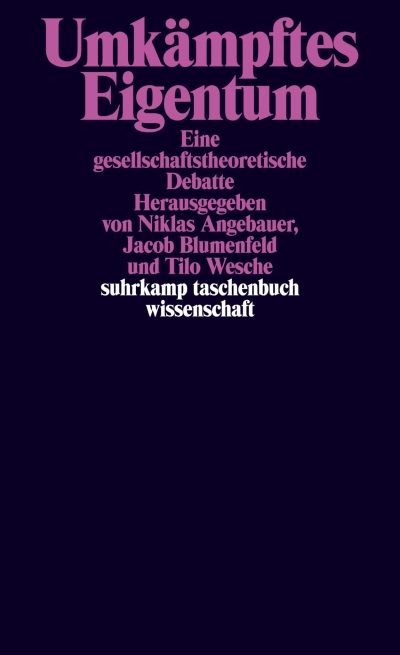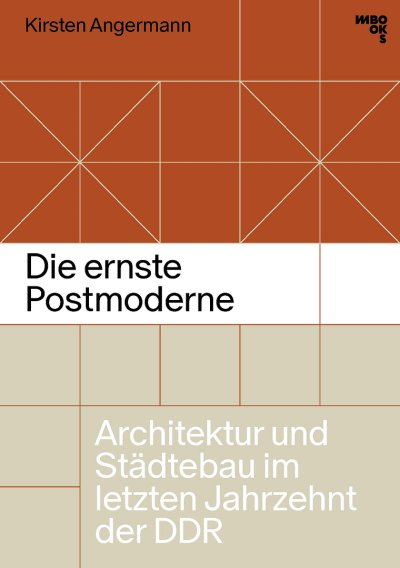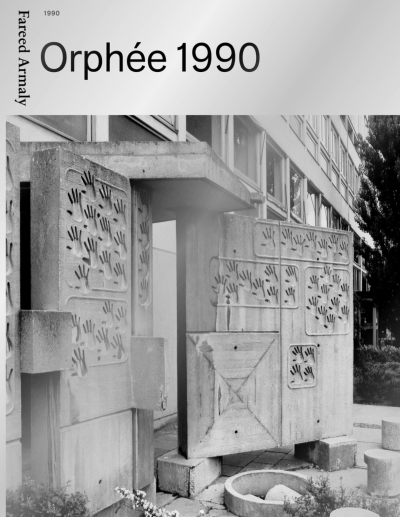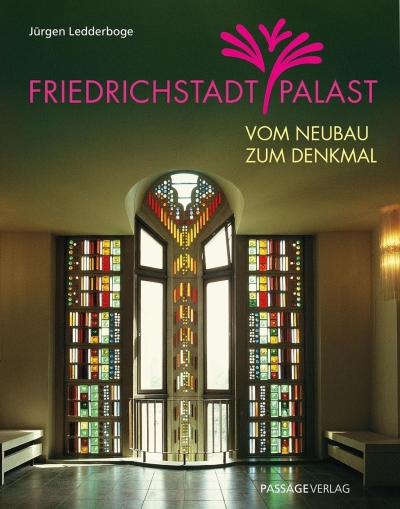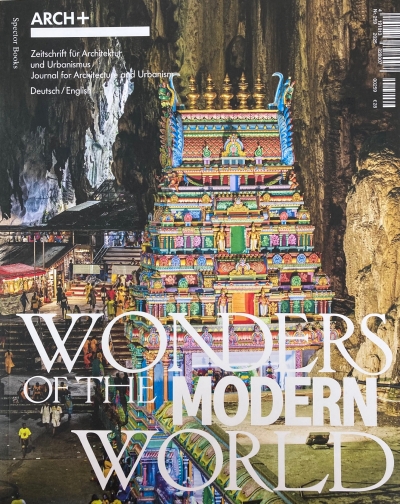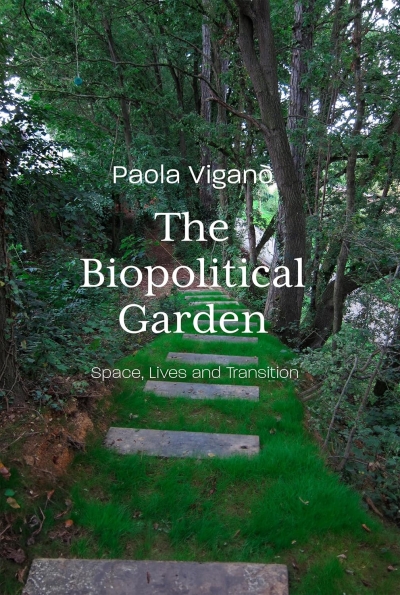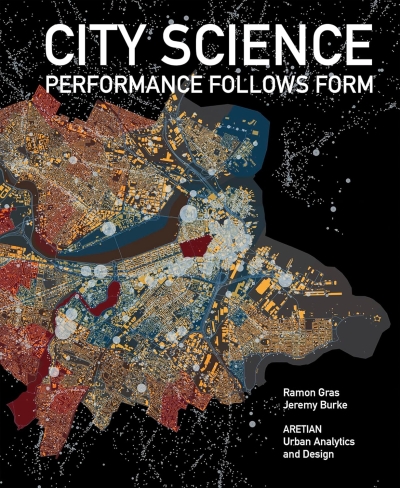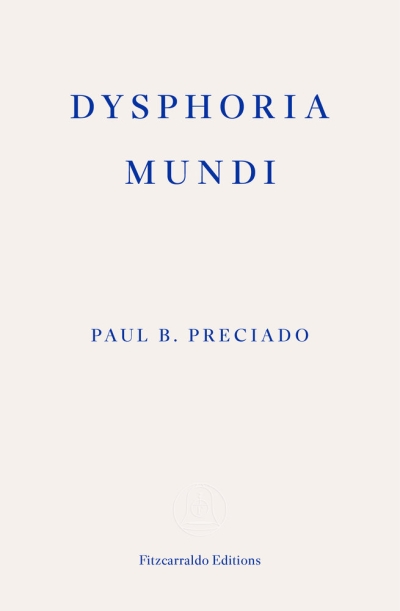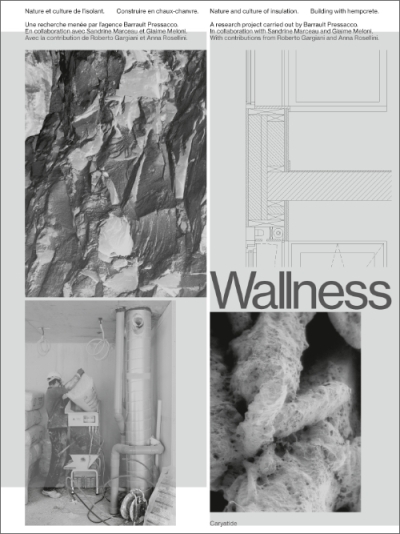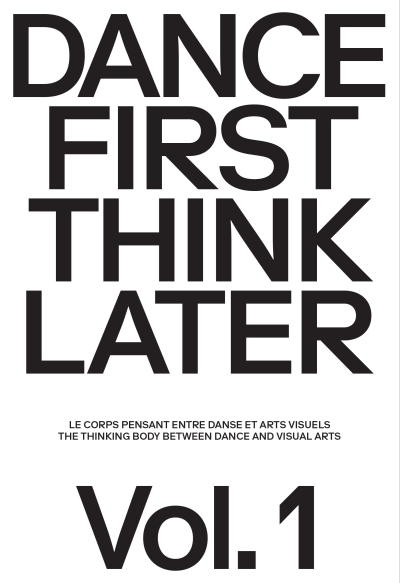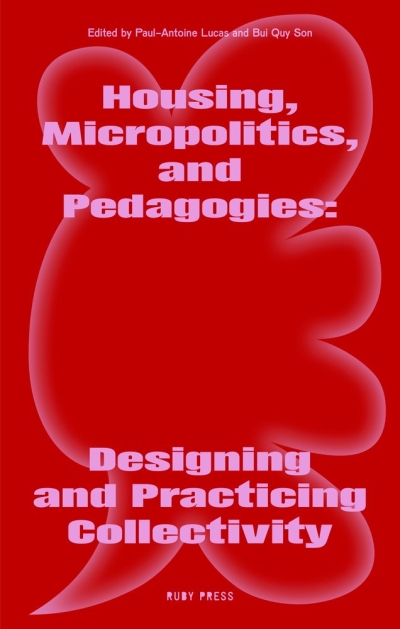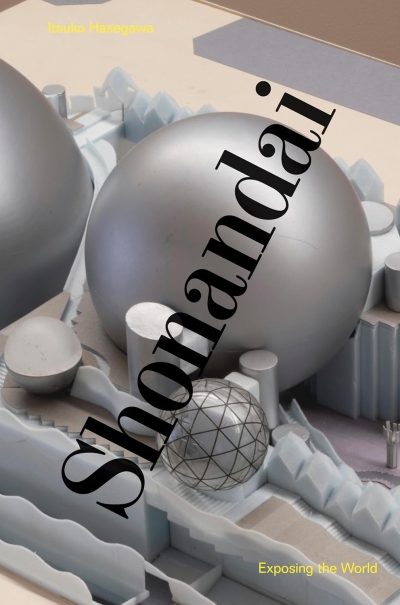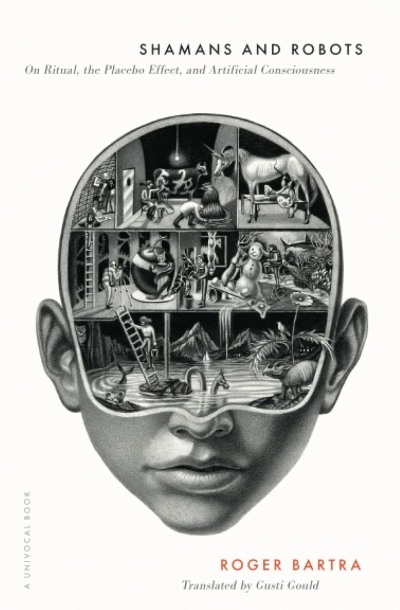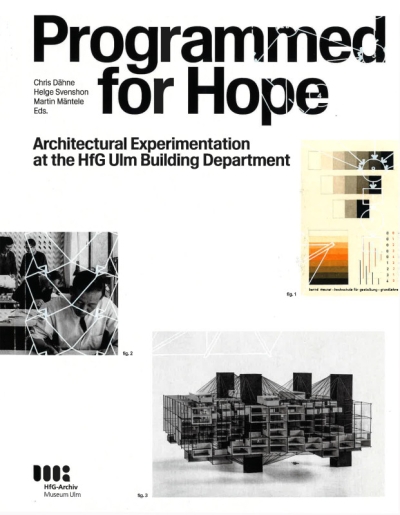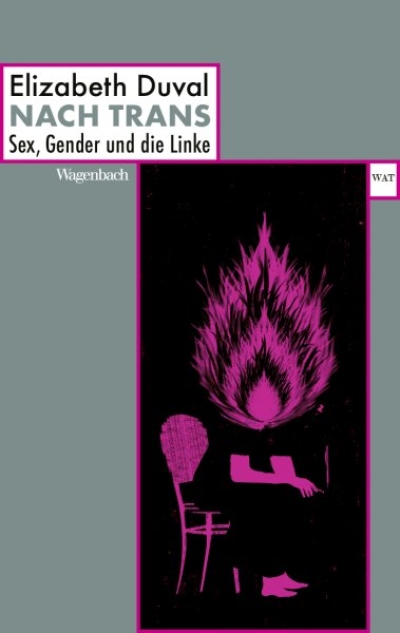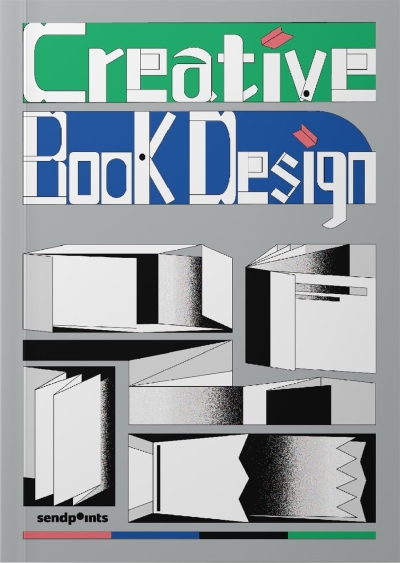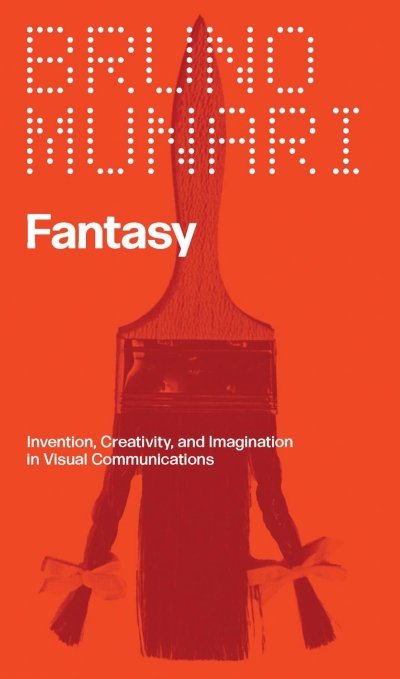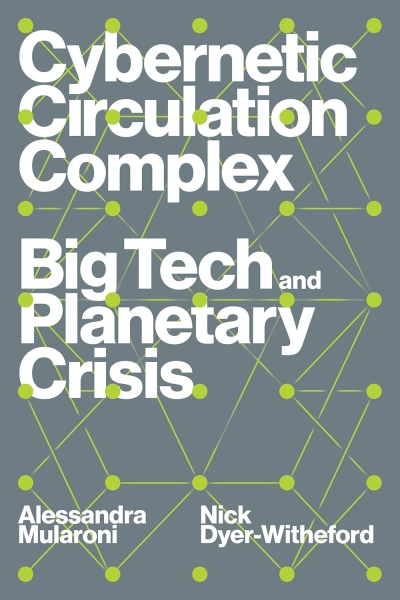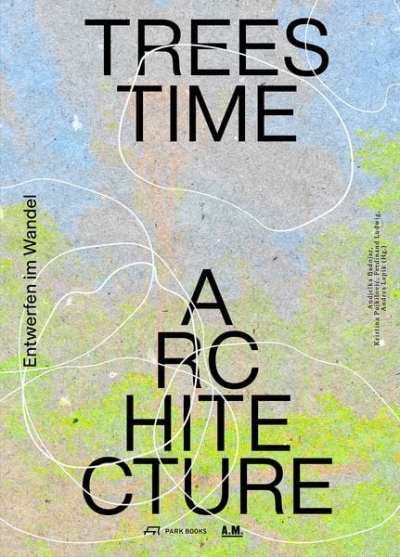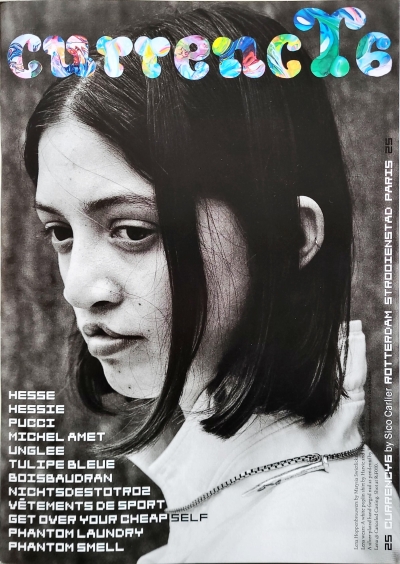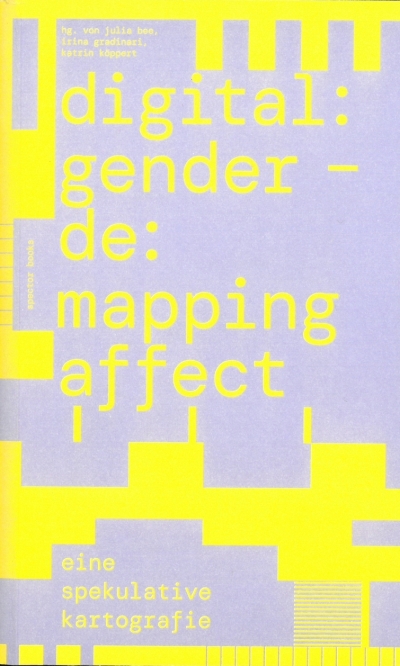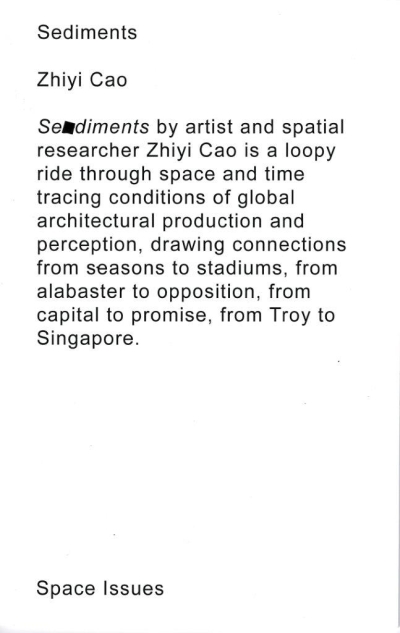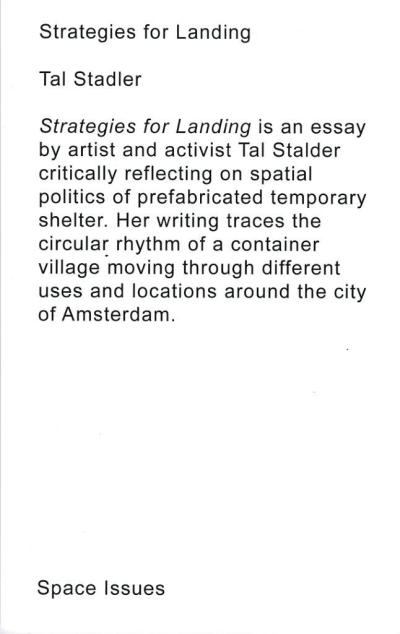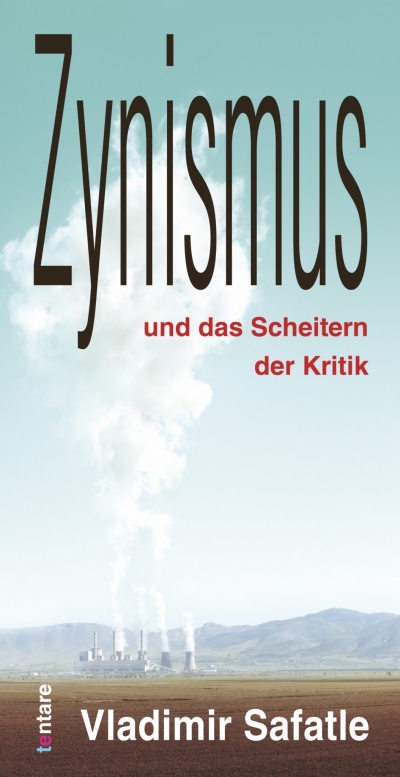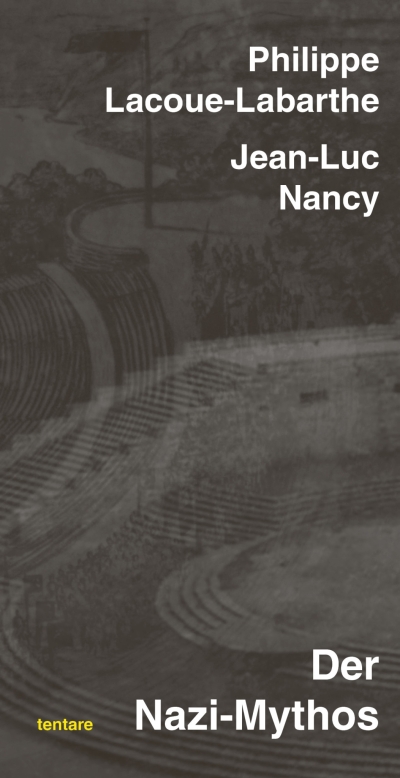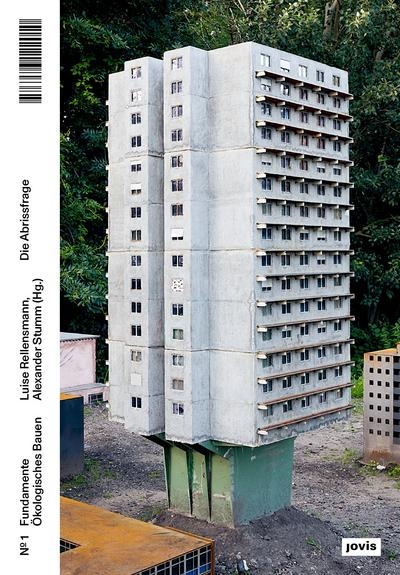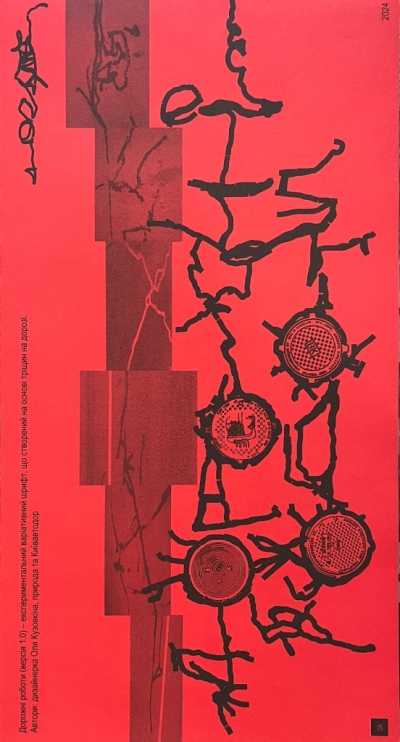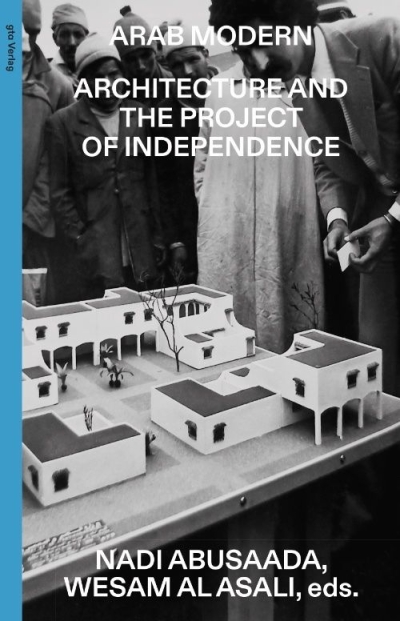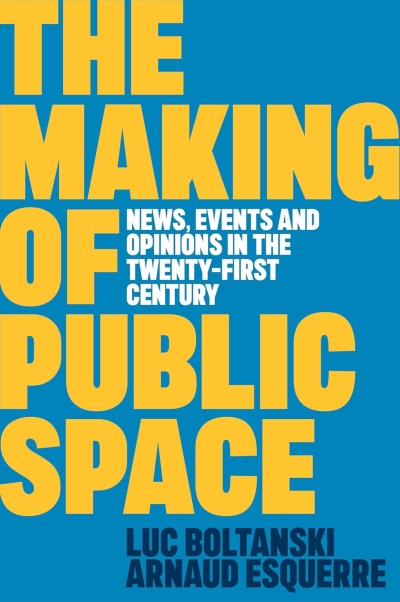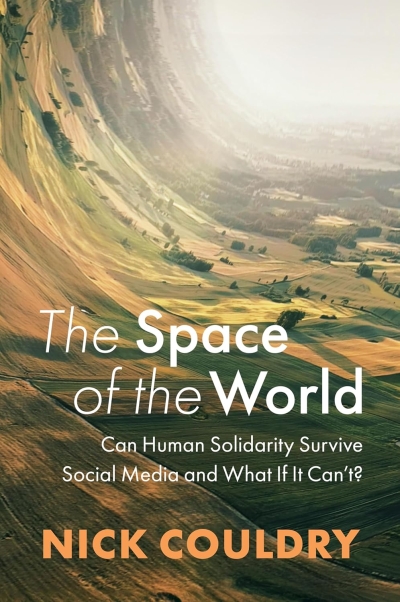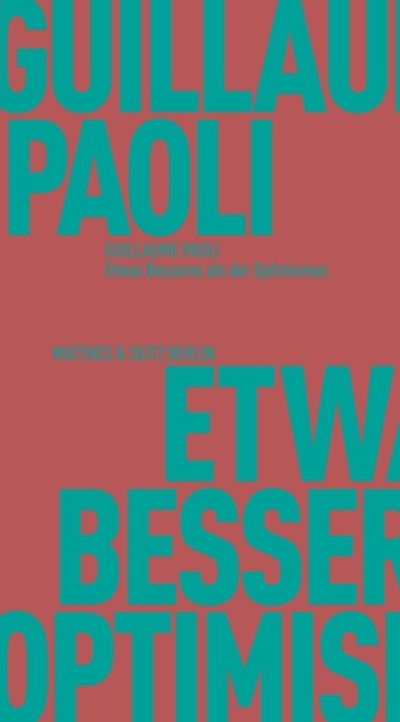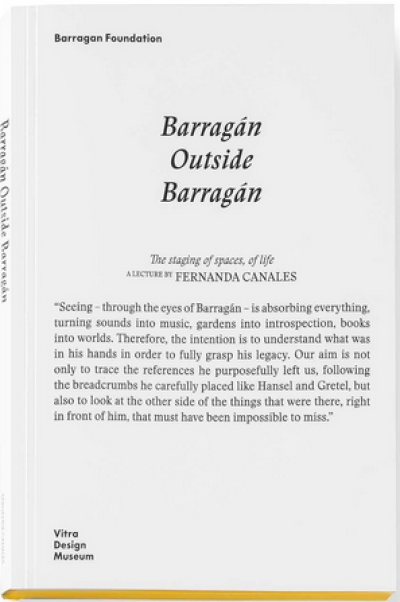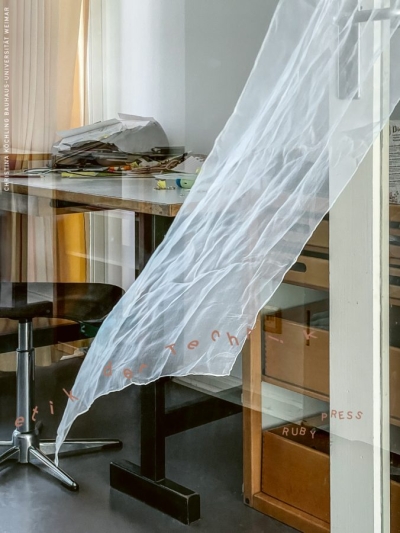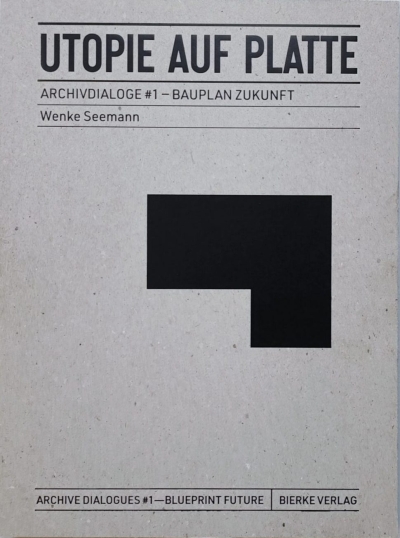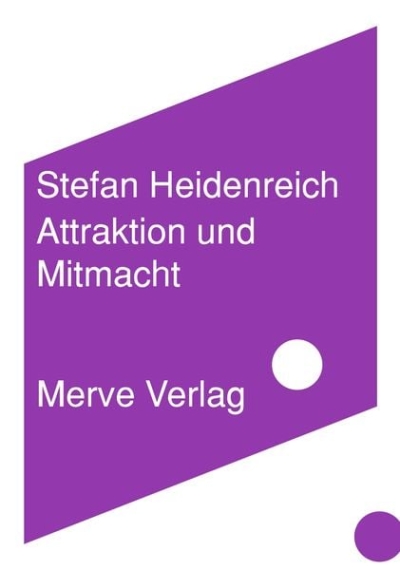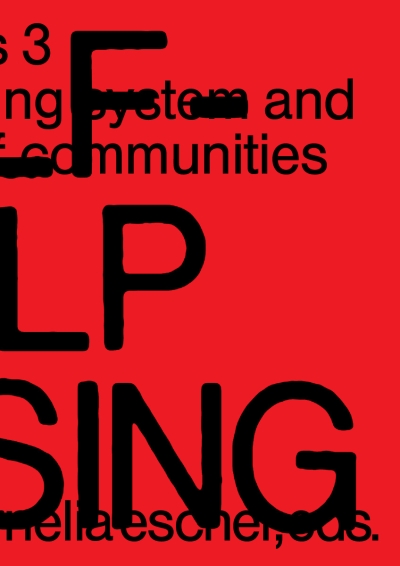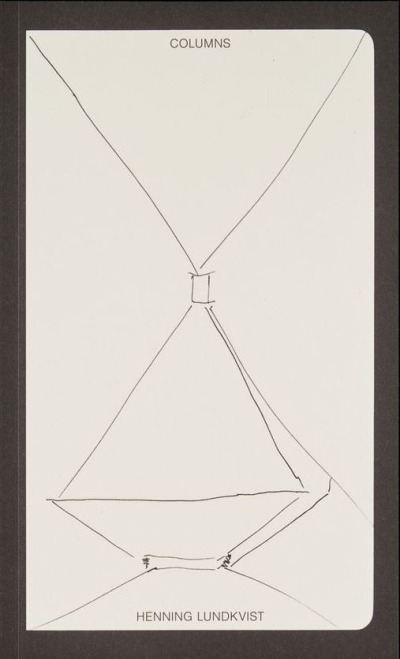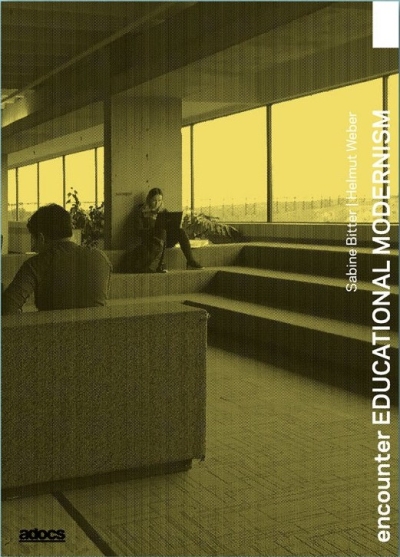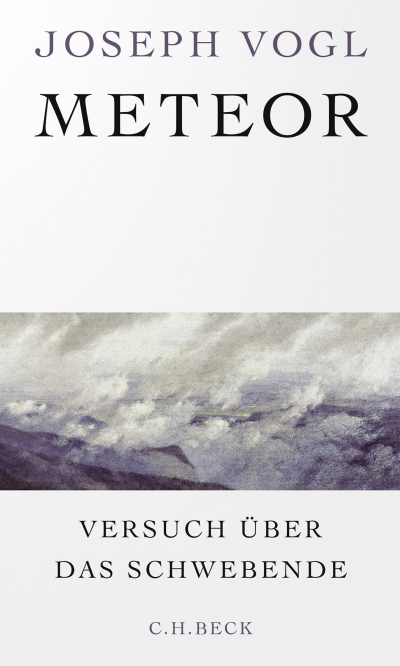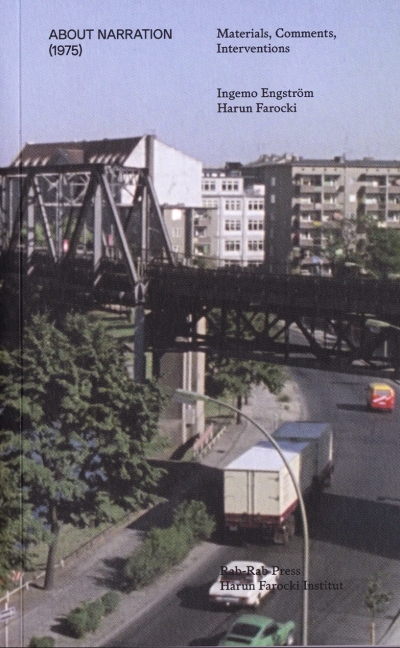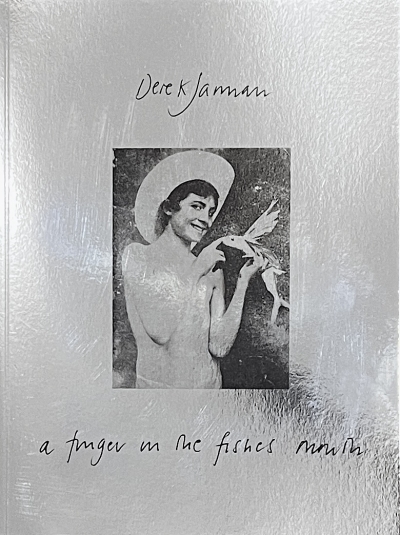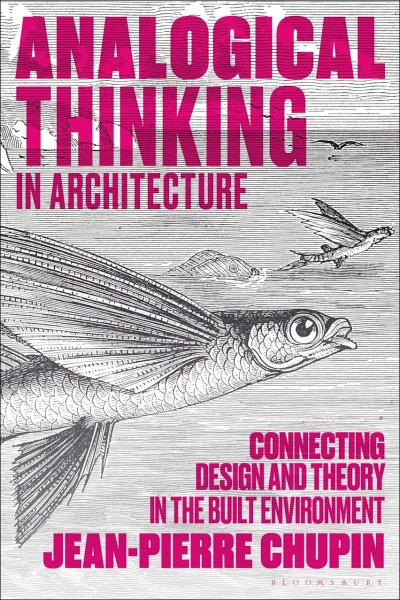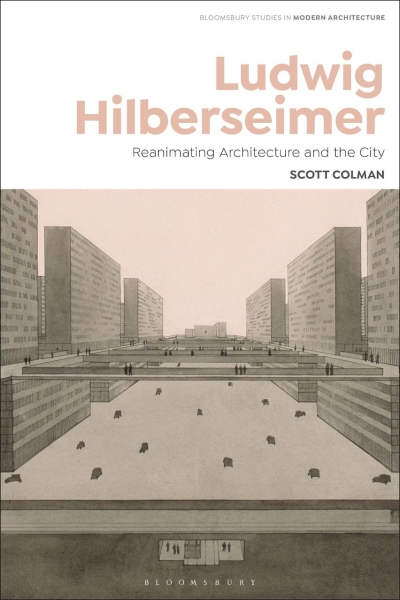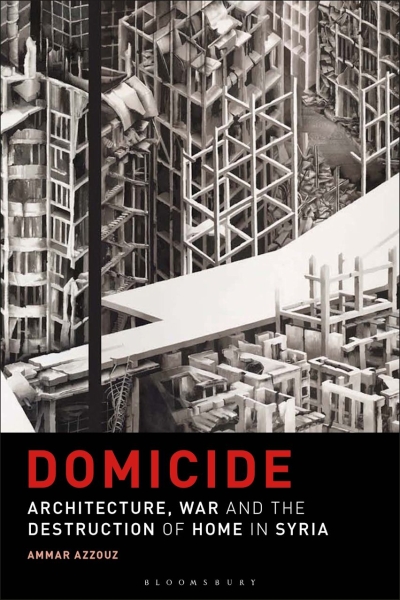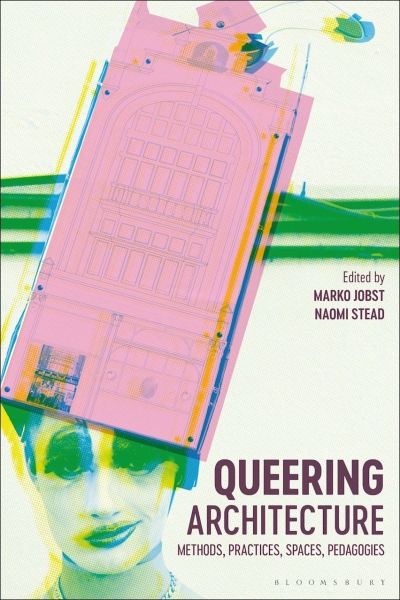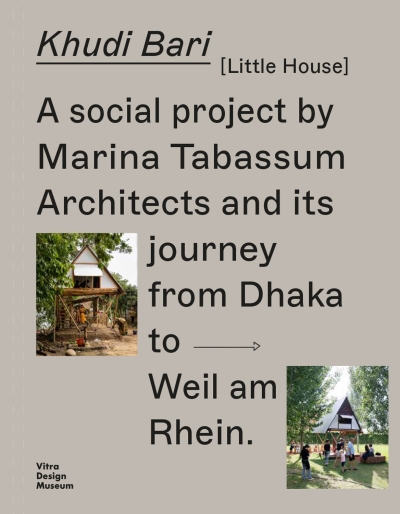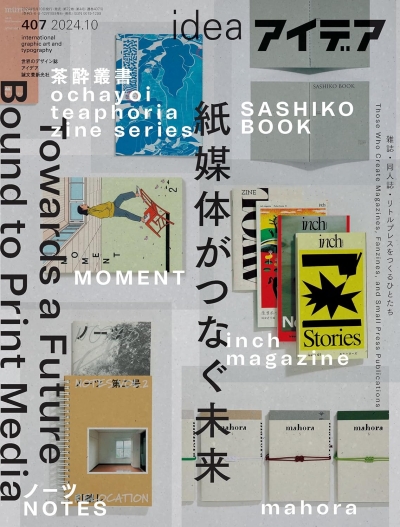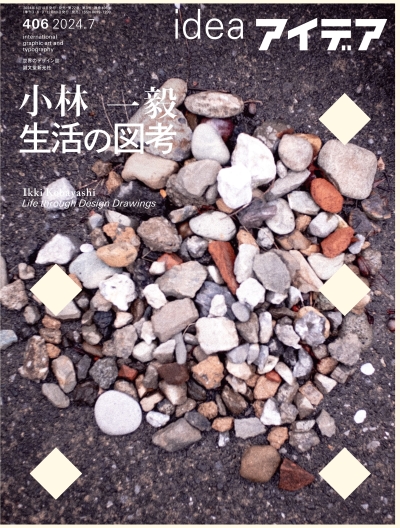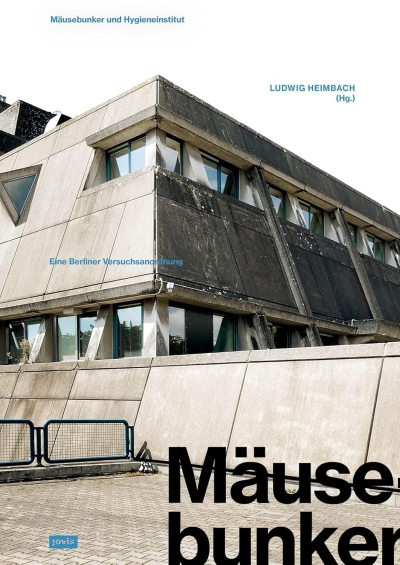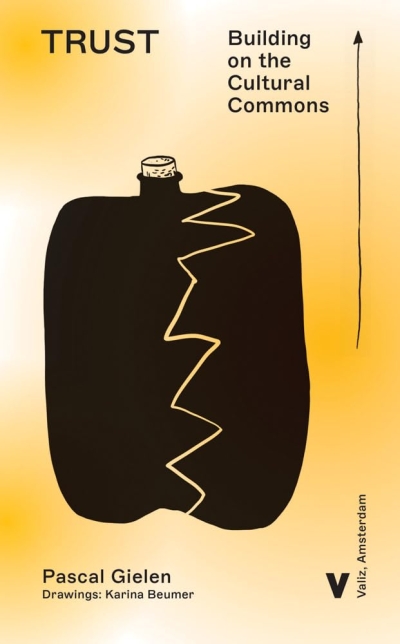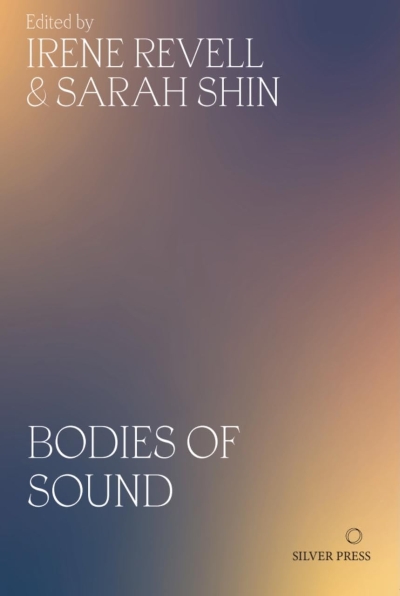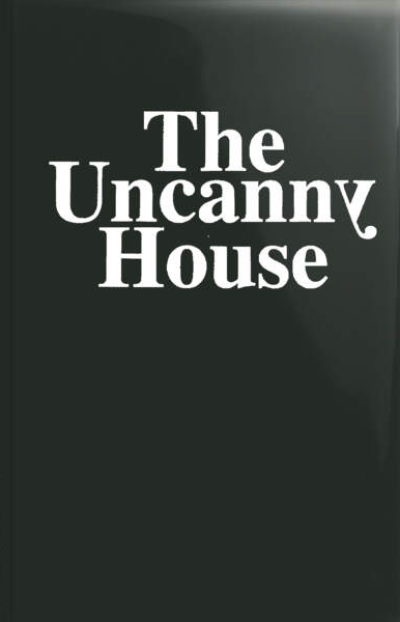
Cabins. Hütten. Cabanes
Leben in den Wäldern Kreative Hüttenarchitektur Seit Henry David Thoreau in Walden oder Leben in den Wäldern (1854) die zwei Jahre, zwei Monate und zwei Tage beschrieb, die er in einer Hütte am Walden Pond in Massachusetts verbrachte, ist die moderne Psyche von der Vorstellung des Wohnens an einem Ort der Zuflucht fasziniert. Während unser materielles Dasein und unser Einfluss auf die Umwelt im zurückliegenden Jahrzehnt exponentiell gewachsen sind, haben sich Architekten in aller Welt konkret für die Möglichkeiten einer minimalen, isolierten Bleibe mit geringen Auswirkungen auf die Natur interessiert. Dieser neue TASCHEN-Titel, der aufschlussreichen Text, üppige Fotografie und augenfällige zeitgenössische Illustrationen von Marie-Laure Cruschi miteinander verbindet, erkundet, wie dieser spezielle Gebäudetyp dem kreativen Denken besondere Möglichkeiten eröffnet. Durch ihren Verzicht auf jegliches Übermaß beschränkt die Hütte das eigentliche Eindringen in den Raum auf das Lebensnotwendigste, während sie zugleich – ihrem typischerweise ländlichen Standort entsprechend – umweltfreundliche Lösungsansätze in den Vordergrund stellt. Als solches veranschaulicht die Hütte einige der einfallsreichsten und weitsichtigsten Praktiken zeitgenössischer Baukunst, beschäftigen sich doch Architekten wie Renzo Piano, Terunobu Fujimori, Tom Kundig und viele frische junge Talente mit solchen Refugien. Die für diese Veröffentlichung ausgewählten Hütten unterstreichen die Vielfalt der Gattung, sowohl hinsichtlich der Nutzung als auch der Geographie. Von einem Künstleratelier an der Küste der englischen Grafschaft Suffolk bis zu Ökohütten in den indischen Westghats ist dieser Überblick in seiner internationalen Spannweite ebenso spannend wie in der Bandbreite der Abrisse, Kunden und Situationen. Eine Konstante, die sich durch das ganze Werk zieht, sind jedoch der architektonische Einfallsreichtum und ein ansteckendes Gefühl der Nachdenklichkeit und des Miteinanders angesichts der Rückkehr von Menschen zur Natur und zu einem weniger zerstörerischen Daseinsmodell.
Ever since Henry David Thoreau’s described his two years, two months, and two days of cabin existence at Walden Pond, Massachusetts in Walden, or, Life in the Woods (1854), the idea of a refuge dwelling has seduced the modern psyche. In the past decade, as our material existence and environmental footprint has grown exponentially, architects around the globe have become particularly interested in the possibilities of the minimal, low-impact, and isolated abode.
This new TASCHEN title, combining insightful text, rich photography and bright, contemporary illustrations by Marie-Laure Cruschi, explores how this particular architectural type presents special opportunities for creative thinking. In eschewing excess, the cabin limits actual spatial intrusion to the bare essentials of living requirements, while in responding to its typically rustic setting, it foregrounds eco-friendly solutions. As such, the cabin comes to showcase some of the most inventive and forward-looking practice of contemporary architecture, with Renzo Piano, Terunobu Fujimori, Tom Kundig and many fresh young professionals all embracing such distilled sanctuary spaces.
The cabins selected for this publication emphasize the variety of the genre, both in terms of usage and geography. From an artist studio on the Suffolk coast in England to eco-home huts in the Western Ghats region of India, this survey is as exciting in its international reach as it is in its array of briefs, clients, and situations. Constant throughout, however, is architectural innovation, and an inspiring sense of contemplation and coexistence as people return to nature and to a less destructive model of being in the world.
Text in English, French, and German
